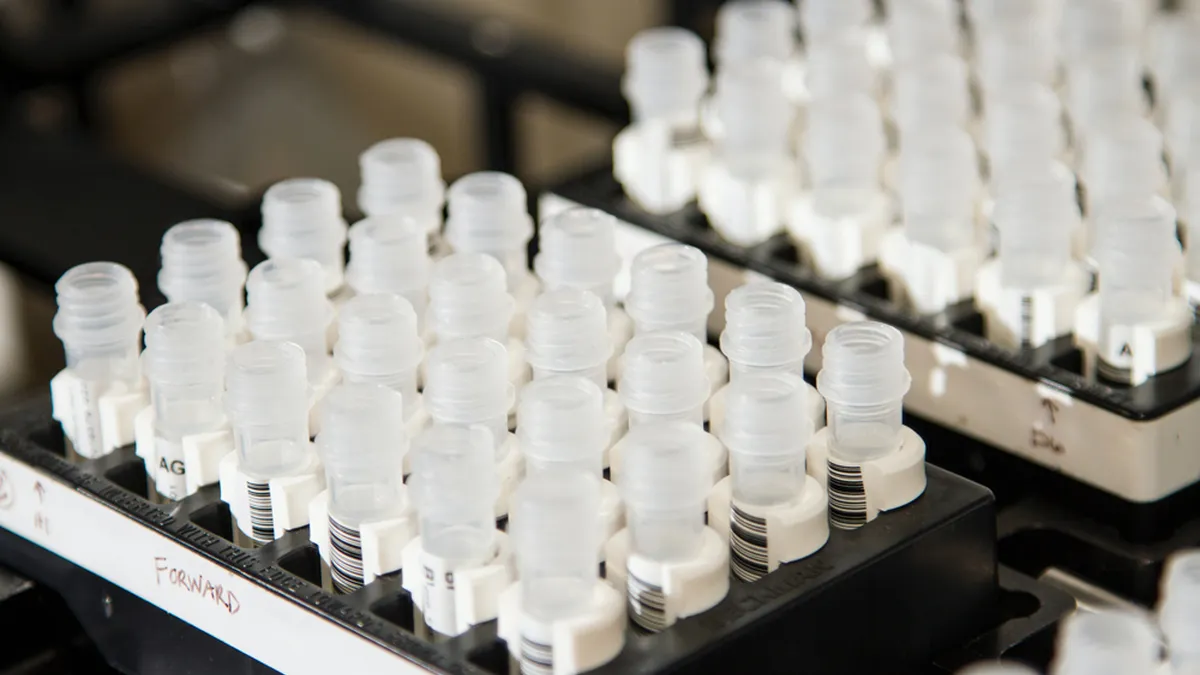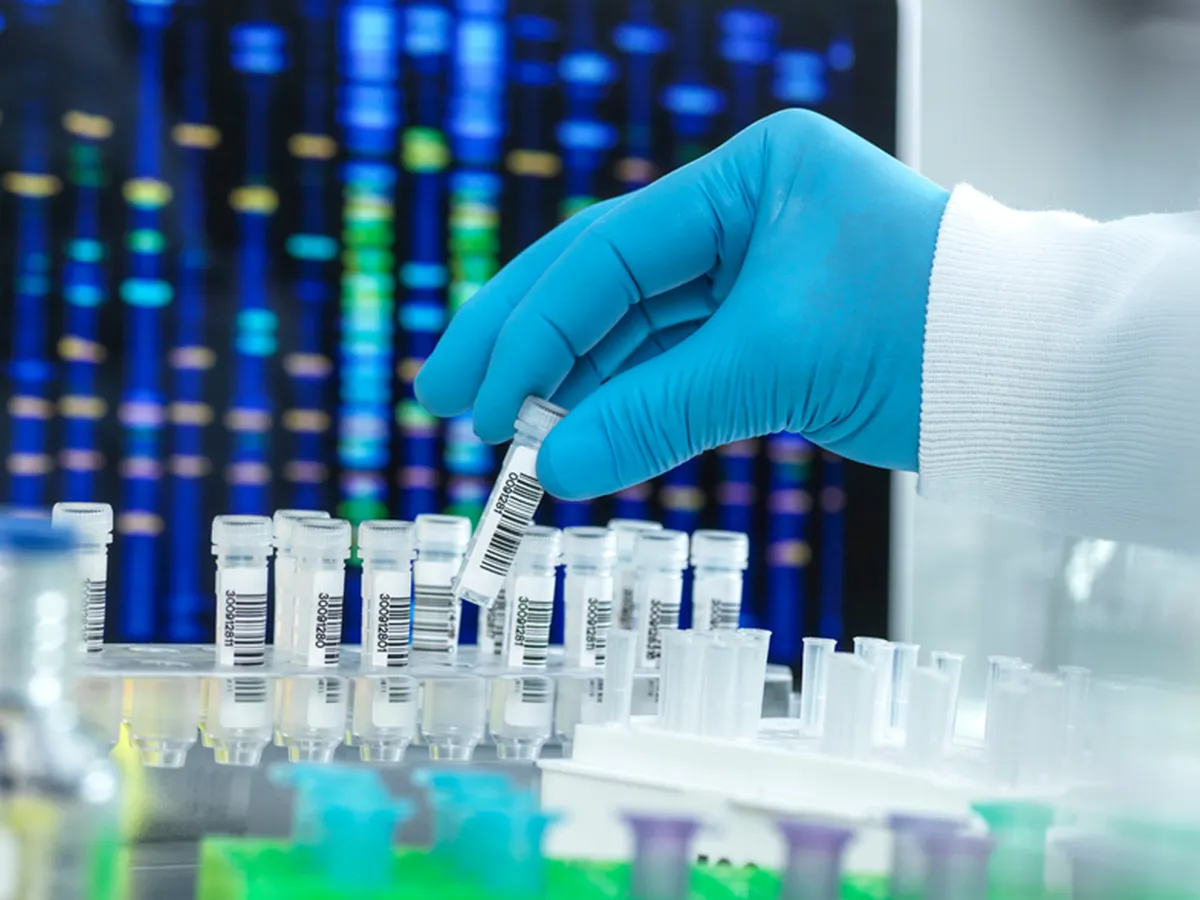How does DNA testing work?
The science behind DNA testing has been around for a while now. As a result, it is a well-established and trusted method of testing for biological relationships.

What is DNA?
DNA stands for deoxyribonucleic acid. There is DNA in the nucleus of every one of your cells. It has two long chemical molecules that spiral around one another to give its unique helix appearance. In addition, DNA carries genetic information. As a result, it has all the instructions that a person needs to grow, reproduce, and function. The reproduction part is important for DNA relationship testing.
What is a Gene?
Short sections of DNA are called genes. Genes carry information for characteristics such as nose shape or eye colour. Different sets of genes carry information for different characteristics. There are many genes in a chromosome.
What is a Chromosome?
Inside a cell, DNA is organised into coiled strands called chromosomes. There are 46 chromosomes in each human cell.
When we reproduce, our offspring inherit half the chromosomes from one parent and half from the other. Therefore, our children have 23 chromosomes from each parent.
This explains why children can share characteristics from both parents. For example, a child might have red hair like their mum and long fingers like their dad.
What is an Allele?
Small portions of the DNA are called Alleles. When a scientist looks at a piece of DNA, they can analyse the alleles they find. The alleles are identified and given a unique number. These numbers represent a person’s DNA profile.
At each location on the DNA molecule, a person has two alleles. Therefore, when looking at a person’s DNA profile, you will see two numbers for each part of the DNA analysed.

How does Paternity DNA Testing work?
In a paternity test, we analyse a number of genetic ‘locations’ in each person’s DNA profile. Each person possesses two (of many possible) alleles at each genetic location. We identify the alleles using numbers. These ‘numbers’ come from the parents at conception. One comes from the mother and one from the father. In turn, we can create a list of numbers for each person taking part in the test.
First, we compare the DNA profiles of the biological mother and child. At each location, one of pairs of the child’s numbers will match up with a number from the mother’s sample. Next, we then compare the remaining numbers from the child with the putative fathers. If he is the biological father, the remaining numbers should match up with each number from the child’s sample.
We will include the person as the biological father of the child if the numbers match at all locations. This proves they have passed these genetic markers to the child at conception.
In turn, locations where there is no match, we will exclude a person as the biological father. This is because it is only possible to pass on to your children the alleles which you have in your own DNA.
How does Sibling DNA Testing work?
As with a paternity test, in the sibling test a DNA profile is produced for each person. The test analyses different genetic locations on the DNA strand. First, the allele (alternating form of DNA) at each location is identified by a number. Next, the DNA profiles of the test participants are then compared.
The logic behind the sibling test is that biologically related individuals should have more DNA in common than unrelated individuals. Therefore, on average the numbers from full siblings will match at more DNA locations than half siblings. In turn, half siblings will match at more than unrelated people.
How do other complex relationship DNA tests work?
Complex DNA tests are designed to establish whether a biological relationship exists between two or more individuals. The analysis and calculations are the same as those performed in a sibling DNA test.
These tests are used to establish the following relationships:
They are also used to test combinations of the above.
Service related articles...
Head Office
Crystal Health Group
The Old Chapel
Manchester
M30 0NG






